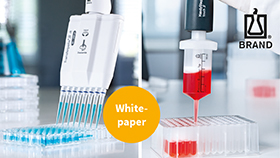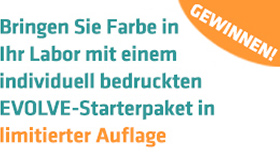Wovon man nicht sprechen kann, darüber muss man schweigen.
So zitiert der japanische Künstler Iori Tomita zu Beginn seines Buches ‘Transparent Silence’ den Philosophen Ludwig Wittgenstein. Was er damit einleitet, ist eine fotografische Sammlung von Präparaten wie etwa diesen hier:
Der Künstler Tomita nutzt also nichts anderes als eine Reihe von Standard-Labortechniken, etwa zum enzymatischen Verdau von Proteinen oder spezifische Färbetechniken, um nach seiner Sicht Wissenschaft und Kunst zu verbinden:
Das gesamte Projekt nennt Tomita 新世界「透明標本 — „Transparente Proben der Neuen Welt“. Betrachten, bestaunen, bewundern — je nachdem — kann man die Kreationen in den zwei Büchern „Transparent Silence“ und „New World Transparent Specimens“ wie auch in Tomitas Kalender 2012.
„Material und Methoden“ werden so beschrieben:
Tomita began experimenting with the preservation and staining of fish while working as a fisherman, gradually developing his mastery of the nuances of the process necessary for refining the form and colour of the pieces. for each specimen, tomita first removes the scales and skin of fish that have been preserved in formaldehyde. he leaves the organism to soak in a mixture of blue stain, ethyl alcohol, and glacial acetic acid before utilizing the enzyme trypsin to break down protein and muscles, stopping the reaction as soon as they become transparent but before they lose their form. the bones are then stained by soaking the fish in a combination of potassium hydroxide and red dye, before the specimen is preserved in glycerin.
„Ergebnisse“ sind dann weiterhin etwa folgende:
Und die „Schlussfolrgerung“ des „Autors“ direkt von seiner Website:
Originally, the method of making transparent specimens enzymatically turning the protein transparent, dyeing the bones magenta and dyeing the cartilages blue was established for scientific purposes to study the skeletal system. Taking this a step further to refine the form and coloration of the specimens requires time and experience. I create transparent specimens as pieces of work that help people feel closer to the wonders of life. People may look at my specimens as an academic material, a piece of art, or even an entrance to philosophy. There is no limitation to how you interpret their meaning. I hope you will find my work as a “lens” to project a new image, a new world that you’ve never seen before.
Das lassen wir jetzt mal so stehen.
Schlagworte: Buch, Färbung, Foto, Kunst, Meeresfauna, Methode, Projekt


















